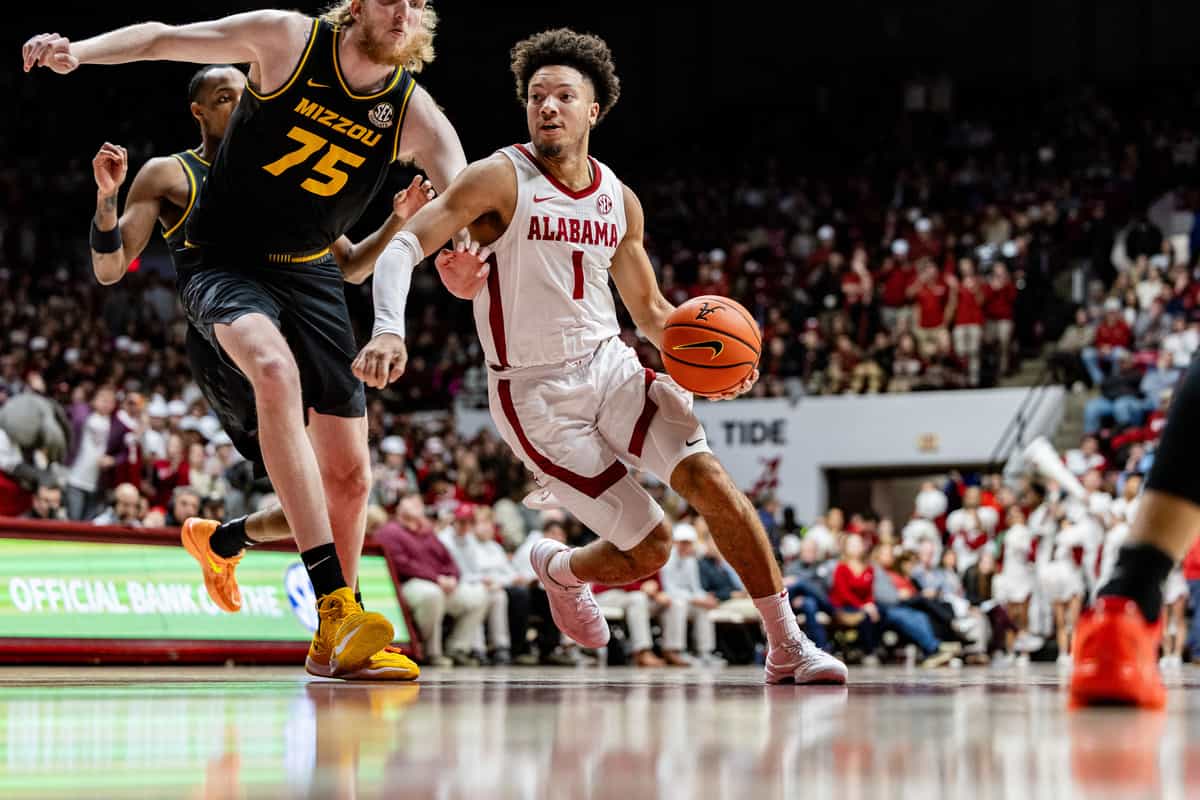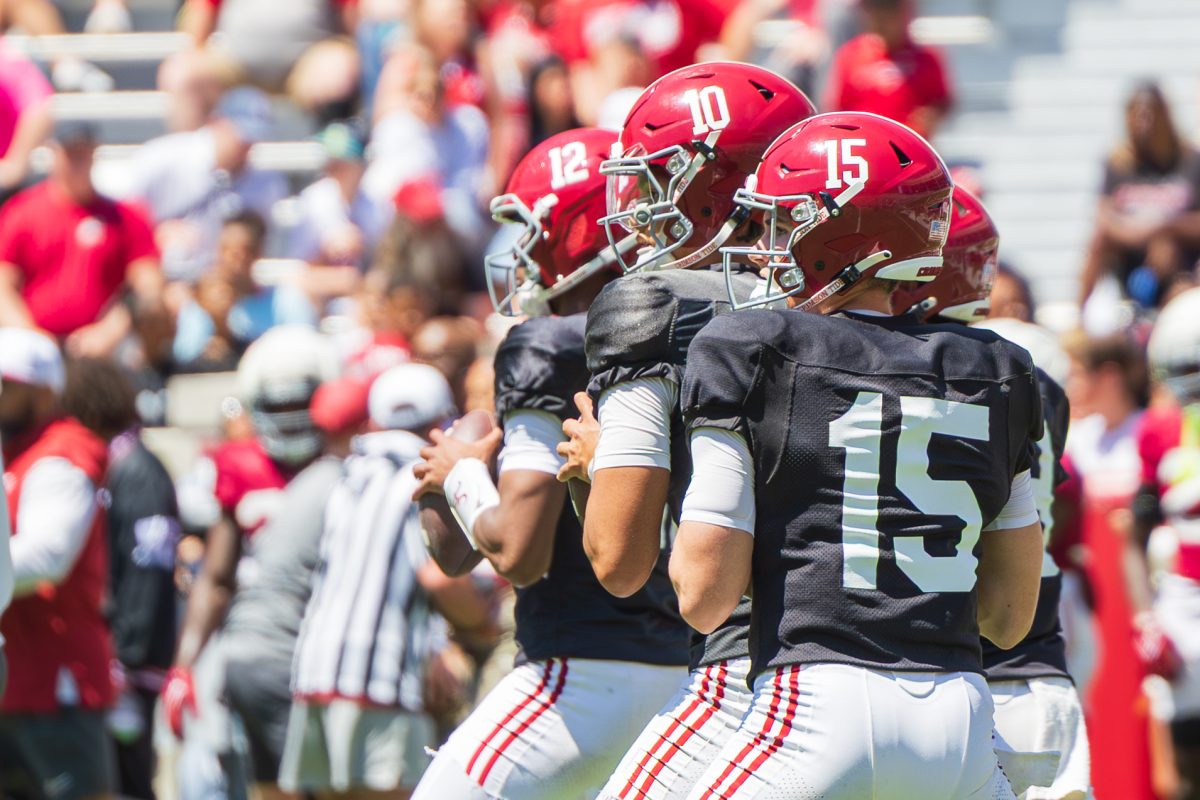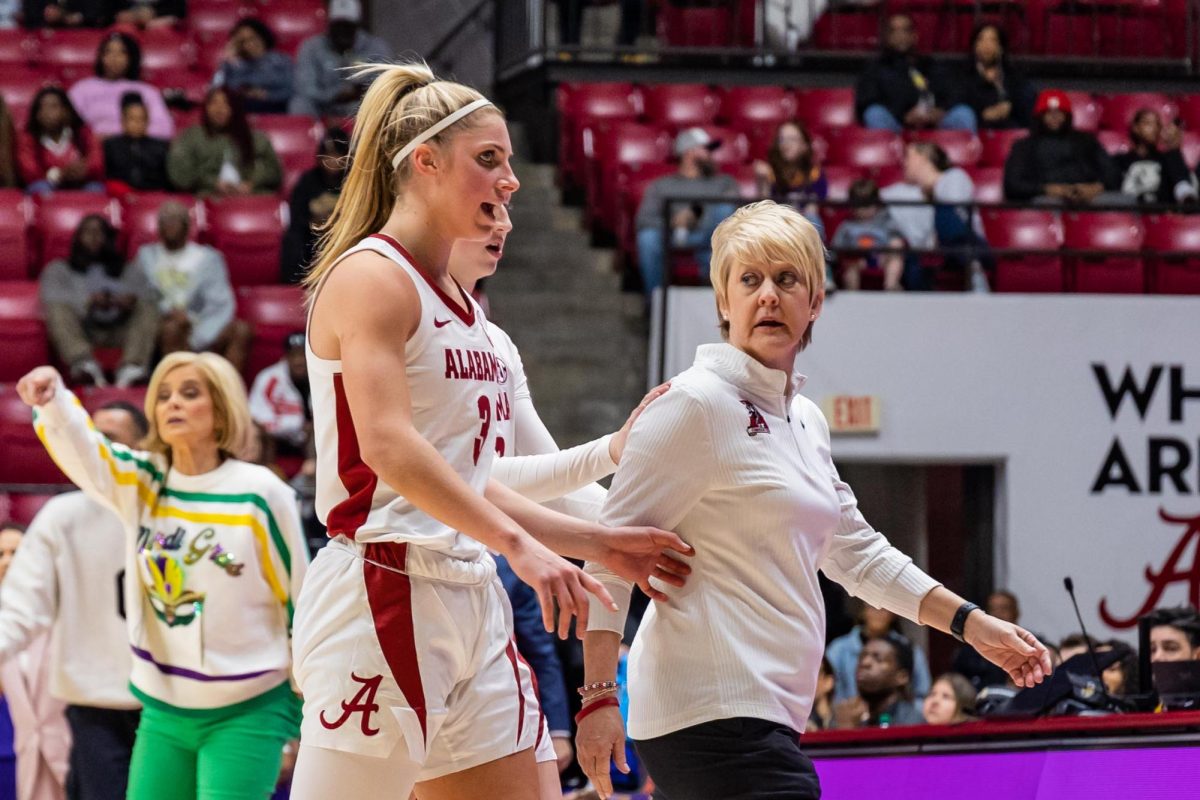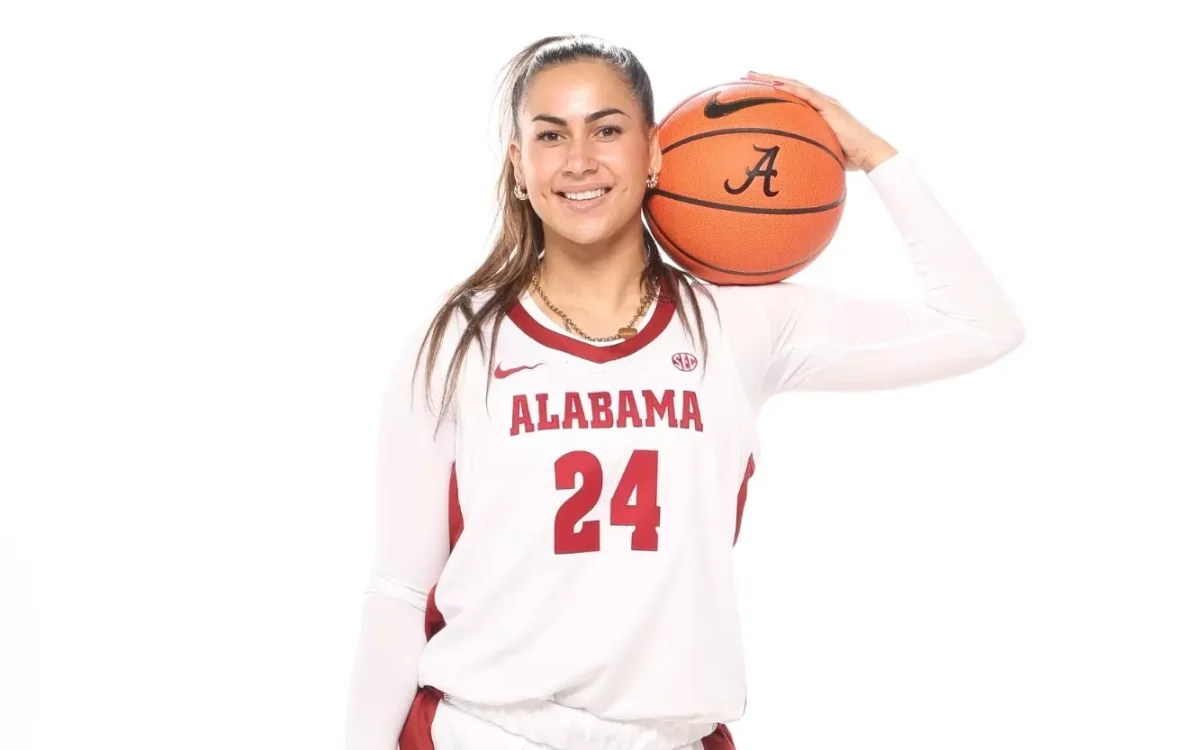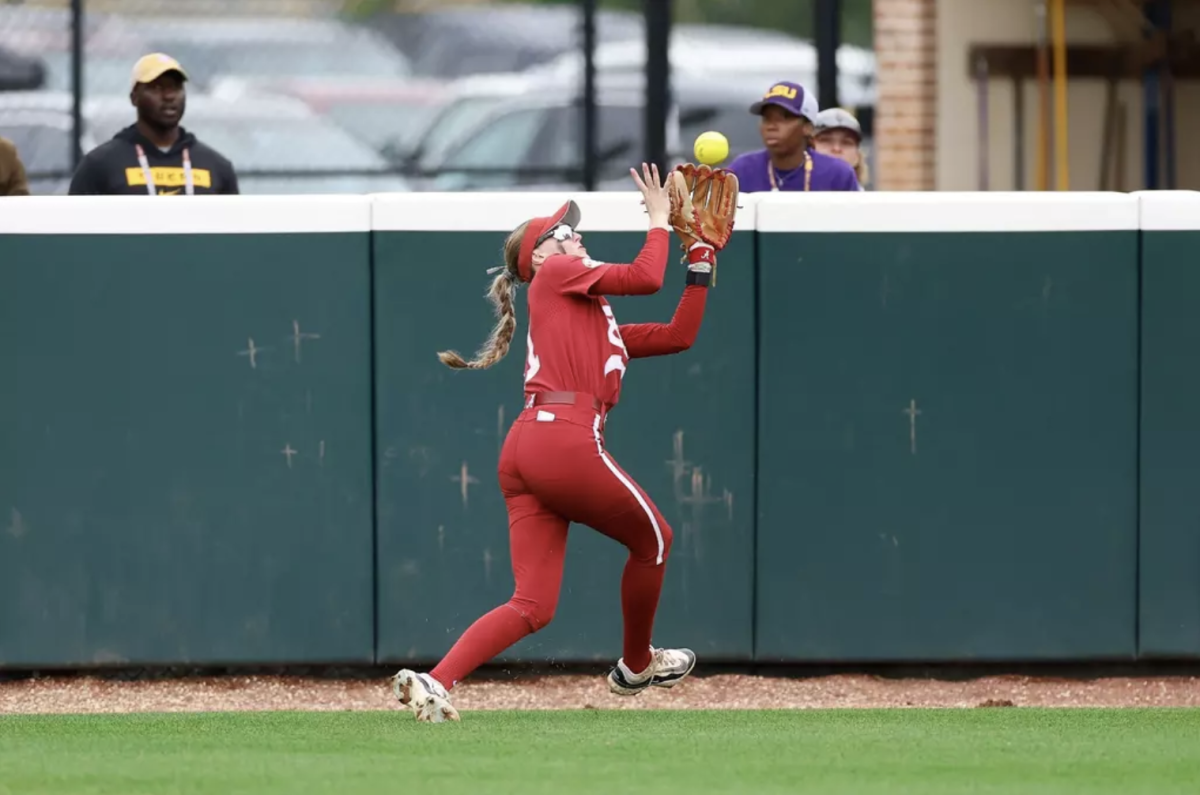In the Week 11 AP Top 25 poll for college basketball, the Alabama Crimson Tide is nowhere to be found. Head coach Nate Oats’ squad, which sits at 11-5 after an 82-74 win over Mississippi State on Saturday night, is on the outside looking in for the seventh consecutive poll, a streak dating back to immediately after its loss to Ohio State.
Nobody is making a legitimate case for the Crimson Tide to crack the Top 25. It wasn’t even close, receiving just 60 votes; it’s simply unrealistic to rank a team with five losses before conference play begins, especially one with such glaring issues as Alabama’s dubious-at-best defense.
It’s possible, however, that the team’s prolonged absence from national recognition is masking the threat it potentially poses to highly ranked teams down the line.
The most potent piece of evidence for this potential lies in the NCAA NET Rankings, a method of sorting teams based on strength of schedule, results and efficiency. As of Jan. 9, the NET went as follows:
Houston first. Arizona second. Purdue third. BYU fourth. Tennessee fifth. And … Alabama sixth.
Those top five come as no surprise; all are ranked in this week’s AP poll, and even then, the Cougars find themselves at eighteenth. Why then, is an Alabama team that equaled last season’s loss total before the end of the calendar year so respected by such a sacred metric?
There are a couple of different answers. The first is simple, and it is directly tied to the brand of basketball Oats has held fast to since coming to Tuscaloosa: The offense is prolific. As of Jan. 11, the Crimson Tide was third in the country in points per game at 90.6, one-tenth of a point behind the Kentucky Wildcats.
As in every other year during Oats’ tenure, the defense has taken its fair share of lumps. Fortunately, the offense is firing on all cylinders. As of Jan. 15, it has crossed the 100-point threshold four times, and in two other games it scored 99 and 98; it boasts the SEC’s leading scorer and three others in the Top 25; it is first among Power Six teams in 3-point attempts per game and 12th overall in 3-point percentage.
The next answer, perhaps even better for the total-season outlook, is that Alabama played a brutal nonconference schedule. Its five losses have come at the hands of Ohio State, Clemson, Purdue, Creighton and Arizona, four of which are highly ranked and esteemed contenders in their respective conferences. As of Jan. 11, the Crimson Tide is third in national strength-of-schedule rankings.
This punishing schedule is nothing new under Oats. Fans will remember that Novembers and Decembers in the last few years have seen highlight matchups galore, whether it be high-octane bouts with Gonzaga or controversial slugfests with Houston.
A season ago, then-Crimson Tide center Charles Bediako summarized the philosophy behind these rigorous schedules: “We love competition. We’re looking for the hardest teams to play; we look to challenge ourselves and play the toughest teams. It all helps for March especially.”
Oats echoed this idea earlier this season, before the early-December stretch against Purdue, Arizona and Creighton, saying, “We like scheduling hard. I think we get our guys up for games. We get deficiencies exposed, and we can work on them.”
This obviously doesn’t make five losses before January an optimal position to be in. One could even see it as a major letdown that Alabama came up empty-handed in an area of the season where in years past it often flourished. These losses aren’t necessarily ignominious or illogical, but it’s unfortunate that such an offensively inclined team couldn’t steal any of these games in which it was competitive for most of the time.
As Nick Kelly of the Tuscaloosa News put it, Alabama “has five losses, albeit good ones. That won’t hurt Alabama drastically come NCAA Tournament selection time, but the Crimson Tide has to start winning games to bolster its resume and help its case.”
It’s easy to write off Alabama as washed, suffering the perils of so much lost talent from last year. But if Oats has proven anything in his quick turnaround of a program that for so long dwelt in the pit of mediocrity, it’s that this culture of running, gunning and not backing down from even the most elite of competition produces results. History says it’s only a matter of time before those results show themselves this season.



